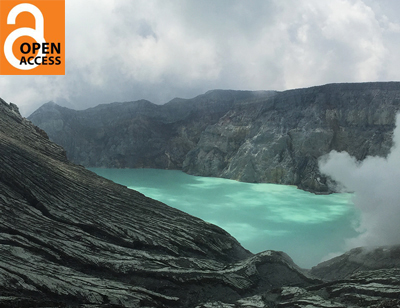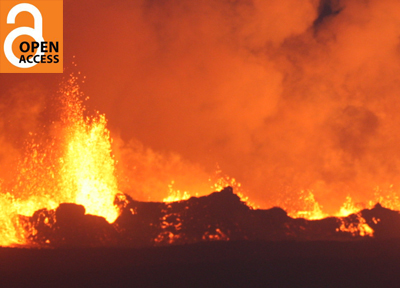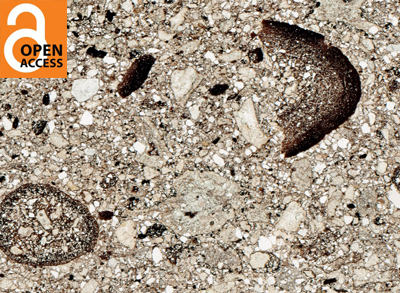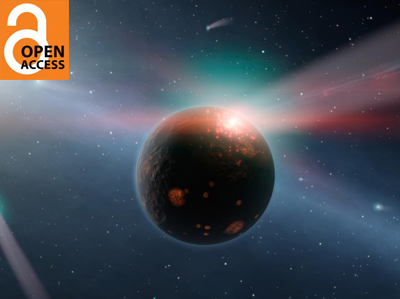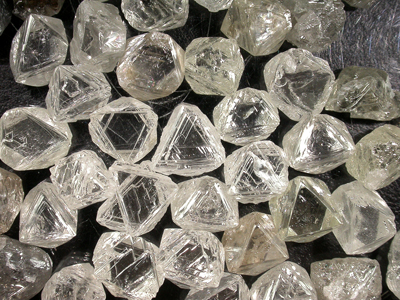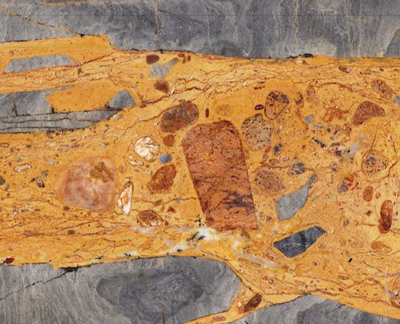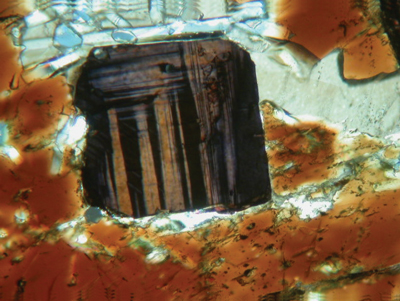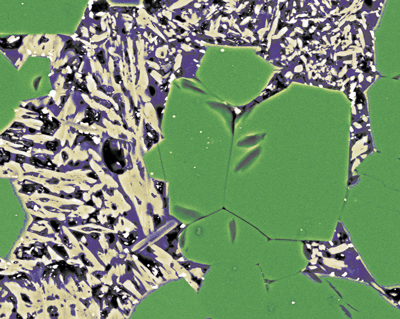Earth’s Outgassing and Climatic Transitions: The Slow Burn Towards Environmental “Catastrophes”?
On multimillion-year timescales, outgassing from the Earth’s interior provides the principal source of CO2 to the ocean–atmosphere system, which plays a fundamental role in shaping the Earth’s baseline climate. Fluctuations in global outgassing have been linked to icehouse–greenhouse transitions, although uncertainties surround paleo-outgassing fluxes. Here, we discuss how volcanic outgassing and the carbon cycle have evolved in concert with changes in plate tectonics and biotic evolution. We describe hypotheses of driving mechanisms for the Paleozoic icehouse–greenhouse climates and explore how climatic transitions may have influenced past biotic crises and, in particular, how variable outgassing rates established the backdrop for carbon cycle perturbations to instigate prominent mass extinction events.


